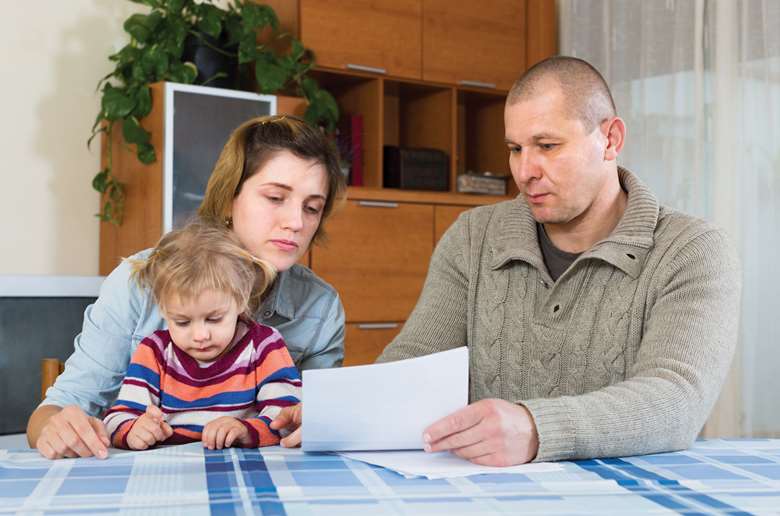Child poverty level passes four million mark
Gabriella Jozwiak
Thursday, March 16, 2017
Four million children are now living in poverty according to official government statistics, prompting a call from charities for government to urgently rethink its policies.

Figures published by the Department for Work and Pensions (DWP) for 2015/16 show an estimated four million children are living in relative low income after housing costs compared with 3.9 million in 2014/15.
This equates to 30 per cent of all children in the UK are now classed as living in poverty after housing costs compared with 28 per cent in 2014/15.
The proportion has now risen for three consecutive years since it stood at 27 per cent in 2012/13, when 3.6 million children were recorded as living in poverty.
The figures also show that 67 per cent of children in poverty have at least one parent in work, compared with 66 per cent last year.
Child Poverty Action Group chief executive Alison Garnham said child poverty was rising because families were "stuck on low pay while living costs rise and benefits are cut drastically".
She has called for urgent action, and accused Theresa May of failing to deliver justice for children. "The price of inaction is a generation of children with damaged life chances," she warned.
Matthew Reed, chief executive of The Children's Society has backed the call, saying the government should rethink current policies such as a four-year benefits freeze, benefits cap, and a move to restrict child tax credits to a family's first two children.
"These measures, combined with rising inflation, are creating a perfect storm in which more children - including an increasing number whose parents are in work - are falling into the poverty trap," he said.
A report published by the Institute for Fiscal Studies earlier this month warned that planned welfare cuts will push almost one million more children into relative poverty by 2022.
The government's attitude to addressing child poverty also came under fire in December last year when it abolished a cross-departmental child poverty unit.
In 2015, the government announced plans to replace child poverty measures with a new duty to report levels of educational attainment, worklessness and addiction, rather than relative material disadvantage. But this was rejected by the House of Lords in January 2016.
A DWP spokeswoman said average household incomes had risen to a record high, and that overall income inequality was lower than in 2009/10. However, she acknowledged child poverty was still a concern.
"One child living in poverty is one too many and we remain committed to tackling the root causes of disadvantage," she said.




